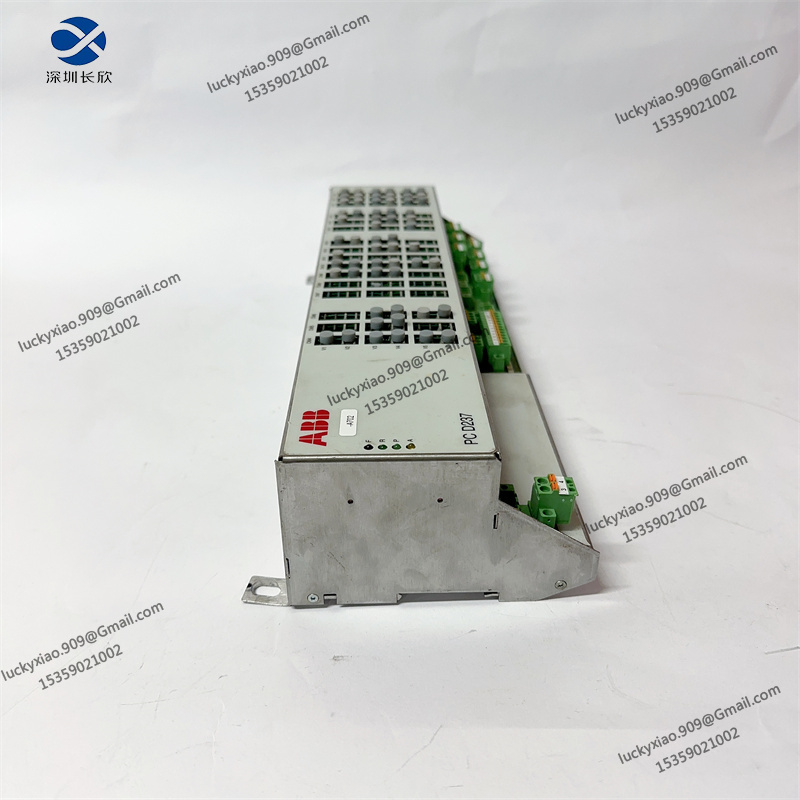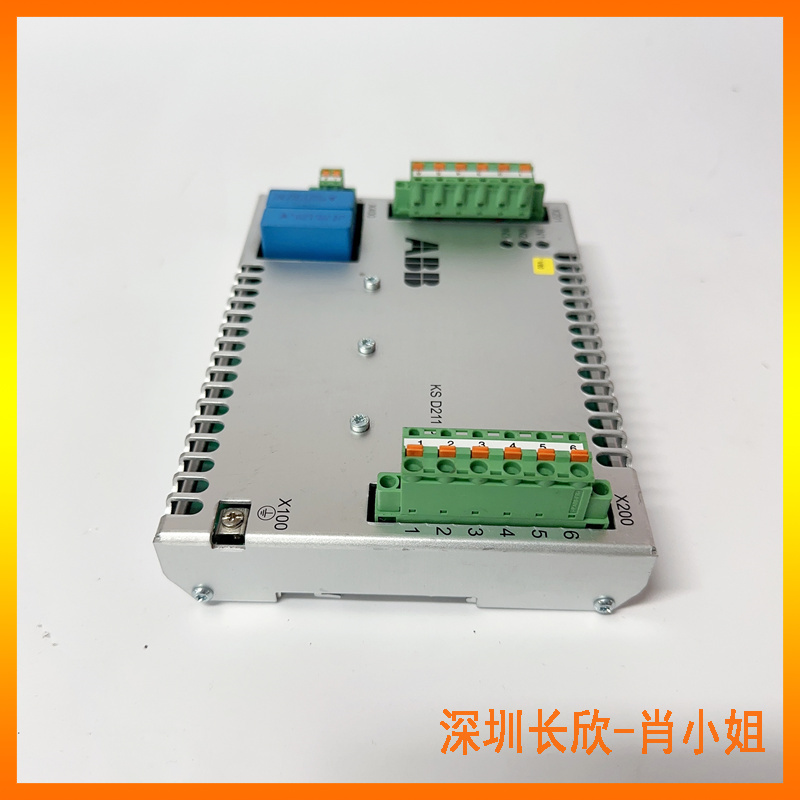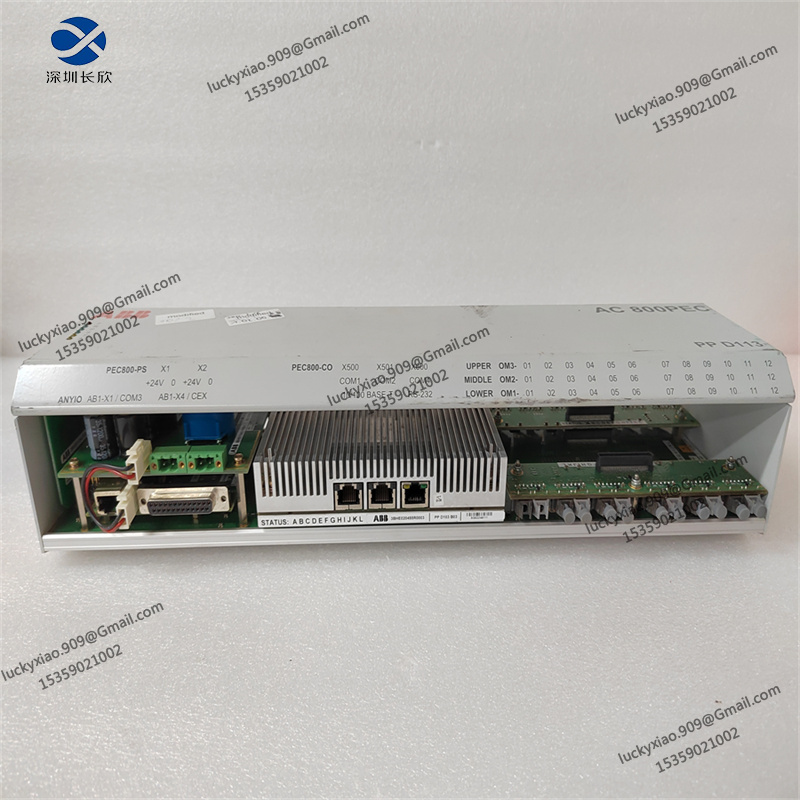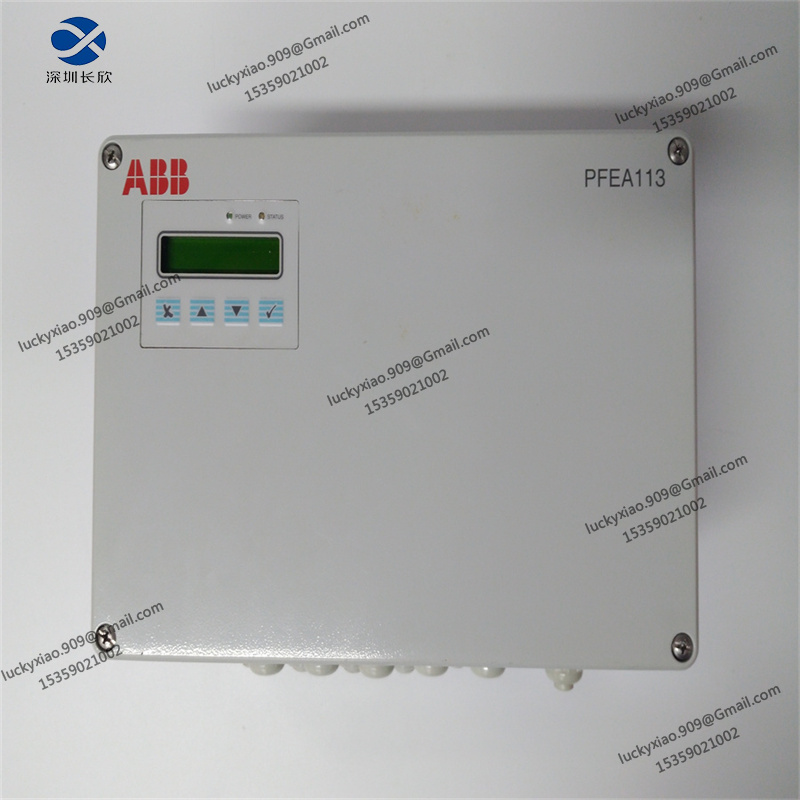GE IC695CPE400-ABAB Controller Module Drives Efficiency in Industrial Automation
GE IC695CPE400-ABAB Controller Module Drives Efficiency in Industrial Automation
The GE IC695CPE400-ABAB, a high-performance Programmable Automation Controller (PAC) module from GE’s PACSystems RX3i series, is gaining prominence as a cornerstone of modern industrial automation. Renowned for its robust processing power and versatility, this controller is engineered to meet the evolving demands of industries seeking to optimize operational efficiency and scalability.
As a critical component in automation architectures, the IC695CPE400-ABAB delivers seamless integration with existing GE RX3i I/O modules and third-party systems, enabling unified control across complex manufacturing, energy, and infrastructure applications. Its dual-core 1 GHz processor ensures rapid execution of logic and data-handling tasks, making it ideal for real-time control in environments such as production lines, water treatment plants, and power distribution networks.
A standout feature of the module is its support for high-availability configurations, including redundancy and hot-swappable capabilities. These attributes minimize downtime during maintenance or system upgrades, a crucial advantage for industries where uninterrupted operation is paramount. Additionally, its modular design allows for flexible expansion, empowering users to scale systems incrementally without overhauling entire infrastructures.
In an era of heightened cybersecurity concerns, the IC695CPE400-ABAB incorporates advanced security protocols to protect against unauthorized access and data breaches. Compliance with industry standards such as IEC 62443 underscores its suitability for safeguarding critical infrastructure, while secure communication channels ensure reliable data exchange between field devices and supervisory systems.
The module’s compatibility with GE’s Proficy software suite further enhances its appeal. By enabling predictive maintenance and data-driven decision-making through integrated analytics, the IC695CPE400-ABAB supports Industry 4.0 initiatives, bridging the gap between operational technology (OT) and information technology (IT).
Industries ranging from automotive manufacturing to renewable energy have reported improved process stability and reduced lifecycle costs following deployments. Its ability to handle complex algorithms and large-scale data processing also positions it as a key enabler of smart grid and intelligent machine applications.
As global industries accelerate digital transformation efforts, the GE IC695CPE400-ABAB continues to empower organizations to achieve higher productivity, resilience, and sustainability in an increasingly interconnected industrial landscape.




